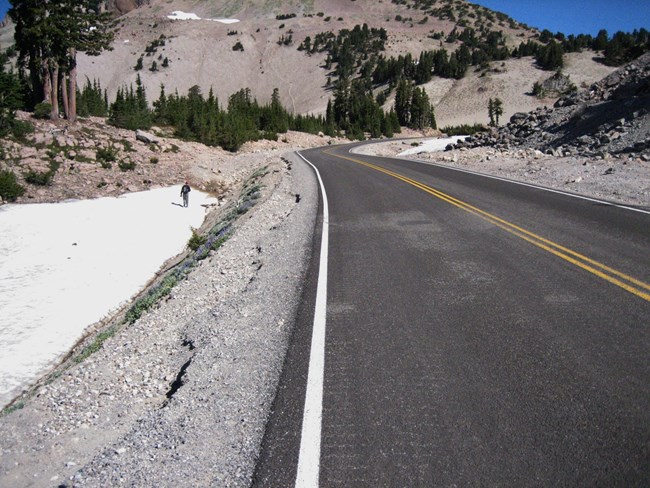
Invasive plant species are most likely to be non-native, as they can take advantage of more favorable growing conditions than they would normally receive in their natural habitats to spread quickly. Invasive species will outcompete and replace native vegetation, change water availability, and can affect how well a habitat functions ecologically, as well as affecting other natural resources. These effects can be vast and our understanding of the consequences is incomplete. Thus, the dynamic relationships among plants, animals, soil, and water established over long periods are at risk of being degraded in a brief period.
Prevention of plant invasions is the most effective approach to managing invasive species. When this fails, early detection of new species and populations is the best approach for monitoring this vital sign. This information can be quickly relayed to park managers for assessment and rapid treatment.
Since 2009, we have monitored non-native plants in all six parks in the Klamath Network.
Objectives are to:
- Detect populations of selected invasive plants by sampling along roads, trails, and power line corridors, where introduction is most likely.
- Provide the information to park management on a timely basis to allow effective management responses.
- Develop and maintain a list of priority invasive plant species with greatest potential for spread and impact to park resources for monitoring in each park
- Adapt spatial sampling as knowledge improves through monitoring.
We measure:
- Presence/absence
- Abundance
Monitoring Documents
Source: NPS DataStore Saved Search 617. To search for additional information, visit the NPS DataStore.
Source: NPS DataStore Saved Search 3347. To search for additional information, visit the NPS DataStore.
Last updated: August 28, 2024
